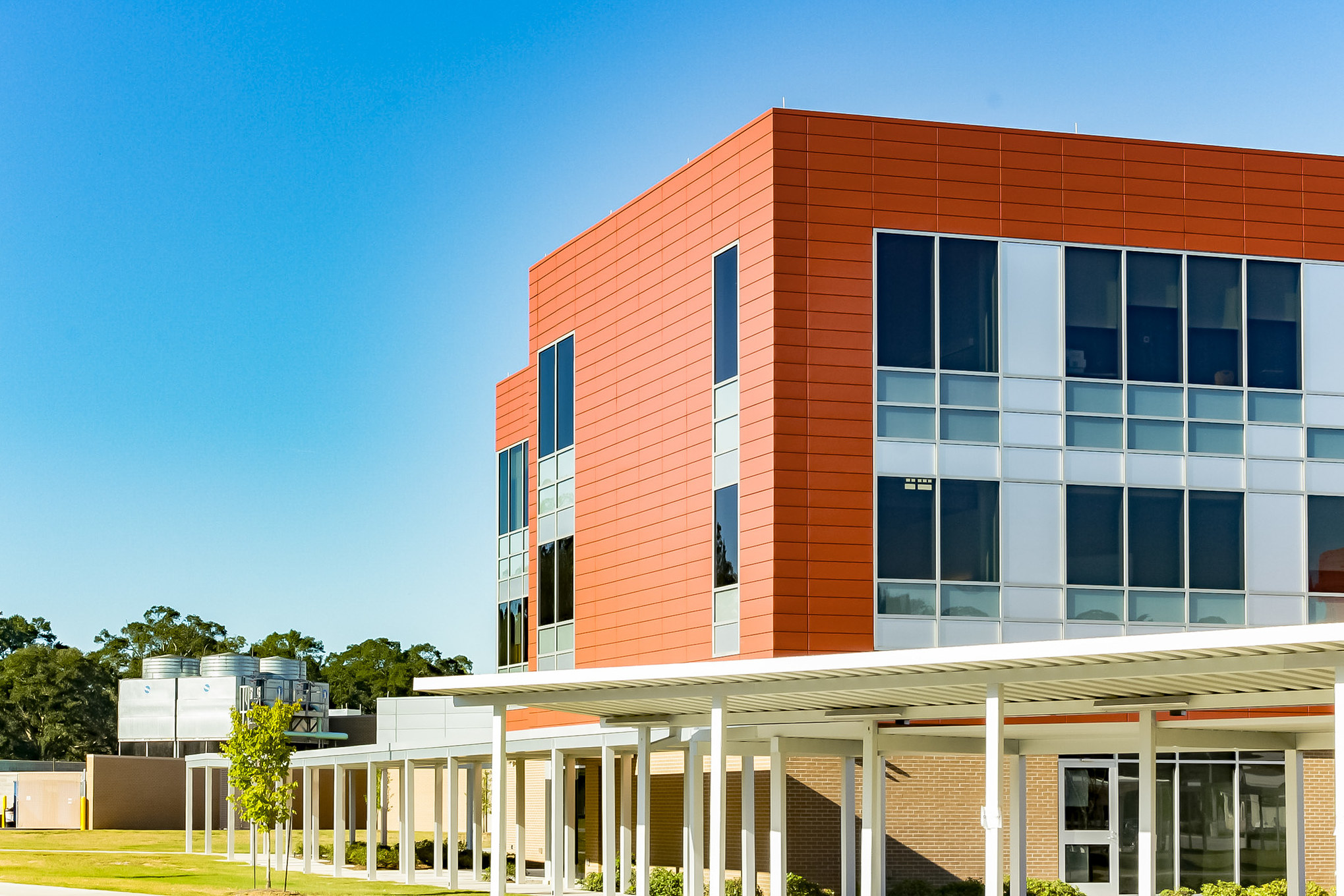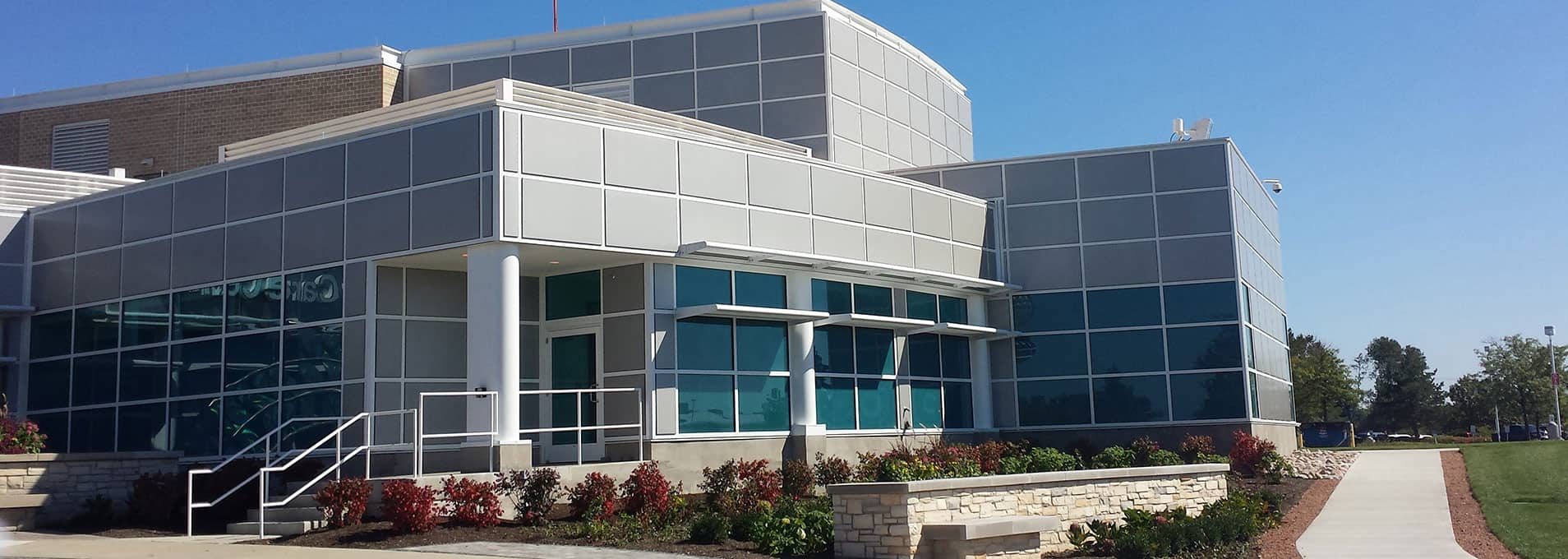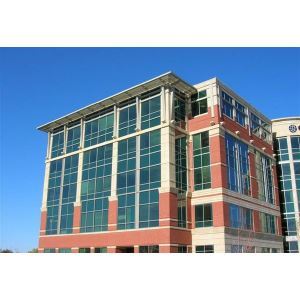What Does Glazed Spandrel Panel Do?
Table of ContentsThe Ultimate Guide To Glazed Spandrel PanelNot known Details About Large Glazing Panels Little Known Questions About Glazed Glass Panels.The smart Trick of Insulated Glazing Panels That Nobody is Talking About
Regulated water penetration is defined as water that penetrates beyond the inner most vertical airplane of the test specimen, however has a designed methods of drain back to the exterior. AAMA Voluntary Requirements enable for controlled water penetration while the underlying ASTM E1105 test method would define such water penetration as a failure.This established imitates a wind driven rain occasion on the drape wall to look for field efficiency of the item and of the installation. Field quality control and assurance look for water penetration has ended up being the standard as contractors and installers use such quality programs to help in reducing the number of water damage litigation suits versus their work.
This equates to 3 times more deflection in an aluminum mullion compared to a comparable steel area under a provided load. Structure specs set deflection limits for perpendicular (wind-induced) and in-plane (dead load-induced) deflections. These deflection limits are not enforced due to strength capabilities of the mullions. Rather, they are created to limit deflection of the glass (which may break under excessive deflection), and to make sure that the glass does not come out of its pocket in the mullion.
Structure building might be such that there is a wall situated near the mullion, and excessive deflection can cause the mullion to call the wall and trigger damage. Likewise, if deflection of a wall is quite noticeable, public understanding may raise unnecessary issue that the wall is not strong enough - glazing panel.
The Main Principles Of Glazing Panel

A deflection limitation of L/175 prevails in drape wall specifications, based on experience with deflection limits that are unlikely to trigger damage to the glass held by the mullion. State a provided drape wall is anchored at 12 foot (144 in) floor heights. The allowable deflection would then be 144/175 = 0.
823 inches at the optimum wind pressure. Nevertheless, some panels require stricter movement restrictions, or definitely those that restrict a torque-like movement. Deflection in mullions is controlled by various shapes and depths of drape wall members. glazed panel window. The depth of an offered curtain wall system is typically controlled by the location moment of inertia required to keep deflection limitations under the specification.



The permitted bending strength for specific aluminum alloys, such as those generally used in drape wall framing, approaches the allowable flexing strength of steel alloys utilized in building construction. Relative to other building components, aluminum has a high heat transfer coefficient, meaning that aluminum is a very excellent conductor of heat.
Not known Incorrect Statements About Glazed Window Panels


On a badly performing curtain wall, condensation might form on the interior of the mullions. This might trigger damage to adjacent interior trim and walls. Rigid insulation is supplied in spandrel areas to supply a greater R-value at these places. Infill describes the large panels that are inserted into the drape wall between mullions.


The 1 inch insulation glass is generally comprised of 2 1/4-inch lites of glass with a 1/2 inch (12 mm) airspace. The air within is normally atmospheric air, but some inert gases, such as argon or krypton may be utilized to use better thermal transmittance worths. Curtain wall architecture structure In residential building, densities frequently utilized are 1/8 inch (3 mm) monolithic and 5/8 inch (16 mm) insulating glass.
Glazing Infill Panels - Questions
Glass might be utilized which is transparent, clear, or nontransparent, or in varying degrees thereof. Transparent glass usually describes vision glass in a curtain wall. Spandrel or vision glass may likewise contain translucent glass, which might be for security or aesthetic functions. Nontransparent glass is utilized in locations to hide a column or spandrel beam or shear wall behind the drape wall.
Shadow box construction creates a perception of depth behind the glass that is in some cases wanted. Fabric is go to website another type of material which prevails for curtain walls. Material is frequently much less expensive and functions as a less long-term solution. Unlike glass or stone, material is much faster to install, less costly, and often a lot easier to customize after it is installed.
Thin blocks (3 to 4 inches (75100 mm)) of stone can be inset within a drape wall system. The type of stone used is limited just by the strength of the stone and the ability to produce it in the proper shape and size. Common stone types used are: calcium silicate, granite, marble, travertine, and limestone (glazed glass panels).
Metal panels can take numerous kinds consisting of aluminum plate; aluminum check my blog composite panels consisting of 2 thin aluminum sheets sandwiching a thin plastic interlayer; copper wall cladding, and panels consisting of metal sheets bonded to stiff insulation, with or without an inner metal sheet to create a sandwich panel. Other nontransparent panel materials include fiber-reinforced plastic (FRP), stainless-steel, and terracotta.